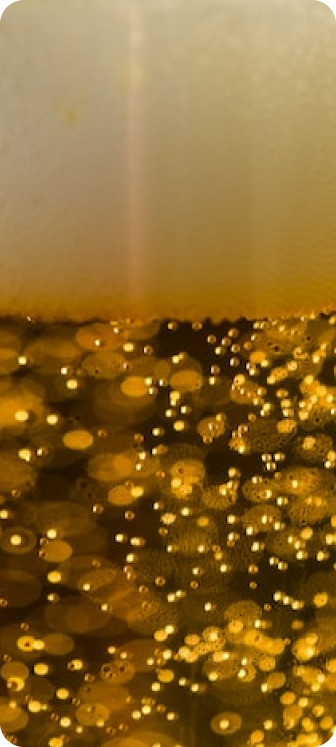
The highest quality liquid yeast, affordably priced
Hero
Yeast Price Calculator
millions of cells / ml
recommended cell concentration per specifications
Estimated cost
Equivalent pitchsize at standard 7,500,000 cells/ml concentration
Savings
Estimated number of cells needed
Pricing is for 12P (1.048 SG) wort at 68F (19C) with proper oxygenation. Please see our Pitch Rate Calculator for other gravities, temperatures and brews spread over multiple days. Prices for bacteria are 80% of the cost of a yeast pitch.
Seltzer Price Calculator
Estimated cost
Pitching Rates
At Jasper Yeast, we want to make sure you receive the correct amount of yeast for each unique fermentation. The yeast pitching rate we advise is dependent on the following:
- Starting degree °P (gravity) of your wort
- The strain of yeast you plan to use
- The volume of your brew
- The oxygen levels you will provide
- The temperature of fermentation

Pitch Calculator
millions of cells / ml
recommended cell concentration per specifications
Estimated cost
Equivalent pitchsize at standard 7,500,000 cells/ml concentration
Savings
Estimated number of cells needed
We recommend 750,000 cells/ml/P for ales, with progressively higher cell densities used for lagers and higher gravity fermentations. This calculator is only an estimate for your batch and is based on our experiences as professional brewers fermenting different styles across many temperatures and gravities. As such, pricing and pitch rate are not fixed. We always recommend confirming with a member of our lab staff when using our pitch and pricing calculator. Tank geometry, glycol jacket location, aeration, and other process variables can affect the recommended pitch rate. If you would prefer to specify a unique cell concentration for your batch, please share that information and we will gladly provide the requested density and volume.
Higher Gravity Fermentations
For higher gravity fermentations, we advise using higher cell counts. For 14-19°P fermentations, we would advise to use 10M cells/ml. For starting gravities above 20°P, we advise at least 14M cells/ml.Example: for a 10bbl 17°P wort, you would need 10x1.3=13bbl pitchable quantity compared to a lower gravity fermentation.

Lagers
We recommend using 1M cells per degree Plato for lagers. Example: for a 10bbl high gravity (17°P) lager that you want to ferment at 52°F, you will need 17x1=17M cells/ml. In brewers language, this would be the same as 17/7.5=2.3 times more cells compared to an ale (7.5 is the regular cell/ml count for ales). You would need 10x2.3=23bbl pitchable quantity.
In general, lager fermentations will start slower and exhibit less activity compared to ale fermentations. With colder fermentation temperatures, yeast metabolism is slowed, ester production is reduced, and visible signs of fermentation require more time.

Belgians
For higher gravity fermentations, we advise using higher cell counts. For 14-19°P fermentations, we would advise to use 10M cells/ml. For starting gravities above 20°P, we advise at least 14M cells/ml.Example: for a 10bbl 17°P wort, you would need 10x1.3=13bbl pitchable quantity compared to a lower gravity fermentation. For Belgian yeasts, we advise pitching the same cell quantities as regular ale yeasts. However, the fermentation for these yeasts are often performed warmer (72-78°F/22.2-25.6°C), which will aid growth, attenuation and often desired flavor/aroma production. Slight underpitching (50-70% lower), as well as lower oxygenation, can aid in ester production, especially for lower gravity ales. Excessive glycol cooling can result in the metabolic activity to slow significantly, resulting in a fermentation that drags on and lower attenuation.
Especially for Saison-style yeasts, it is imperative to stay within the advised temperature range, and not go too low. Often it's best to begin fermentation with free rise than to cool, especially at the end of fermentation.
